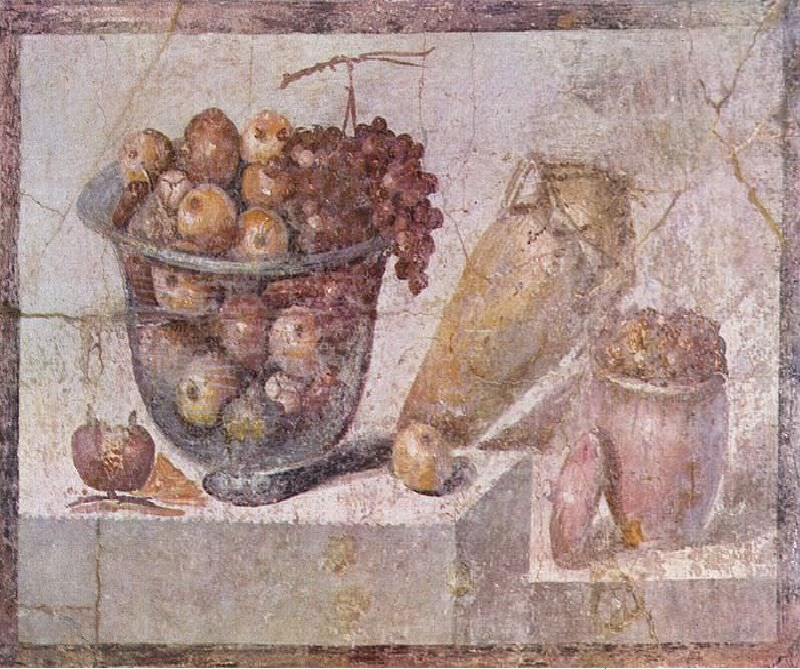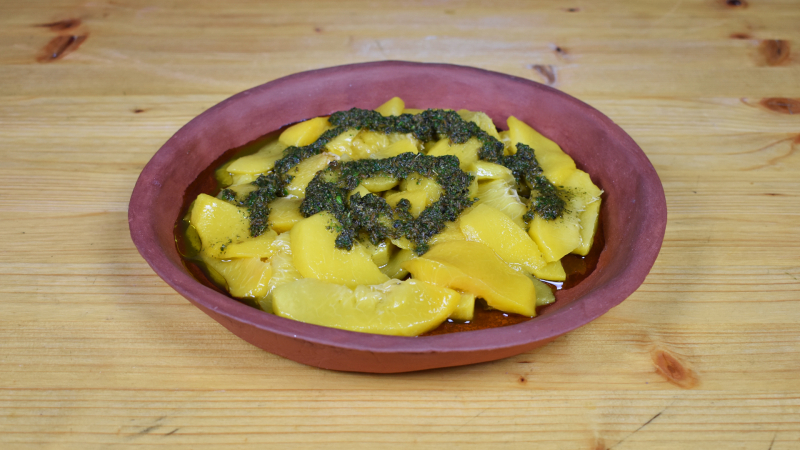Fruits and vegetables
When the fruit was in season, it was eaten fresh, and it was dried or preserved for the winter. Apples, pears, figs, grapes, quinces, citron, strawberries, blackberries, elderberries, currants, damson plums, dates, melons, rose hips, and pomegranate were among the most popular fruits. The more exotic azeroles and medlars were less prevalent. Cherries and apricots were popular when they were introduced in the first century BC. Peaches were brought from Persia in the first century AD. Oranges and lemons were known, but they were employed for medicinal purposes rather than cooking. Lemons were not cultivated in Italy until the Principate, despite being known to the ancient Romans. In Rome, at least 35 pear cultivars and three apple varieties were grown. There are recipes for pear and peach creams, as well as milk puddings with honey, pepper, and a hint of garum. Columella, a prominent writer on agriculture in the Roman Empire, suggests preserving figs by mashing them into a paste with anise, fennel seed, cumin, and toasted sesame and wrapping them in fig leaves.
While Brussels sprouts, artichokes, peas, rutabaga, and possibly cauliflower existed in Roman times, the classic cultivated forms we know today did not emerge until the late Middle Ages and early Renaissance. Cabbage was eaten both raw and cooked (occasionally dipped in vinegar). Cato, a Roman soldier, senator, and historian, held high regard for cabbage, believing that it was beneficial for digestion and that if a sick person ate a lot of cabbage, he would recover. Pliny the Elder (a Roman author, scientist, and natural philosopher) covered about 30 different types of olives, 40 different types of pear, figs (both native and imported from Africa and the eastern provinces), and a large range of vegetables. Some of these veggies have vanished from the modern world, while others have experienced substantial transformations. Carrots of various colors were consumed, but not orange carrots. Many different types of veggies were grown and consumed. Celery, garlic, a few flower bulbs, cabbage and other brassicas (including kale and broccoli), lettuce, endive, onion, leek, asparagus, radishes, turnips, parsnips, carrots, beets, green peas, chard, French beans, cardoons, olives, and cucumber were among them.








